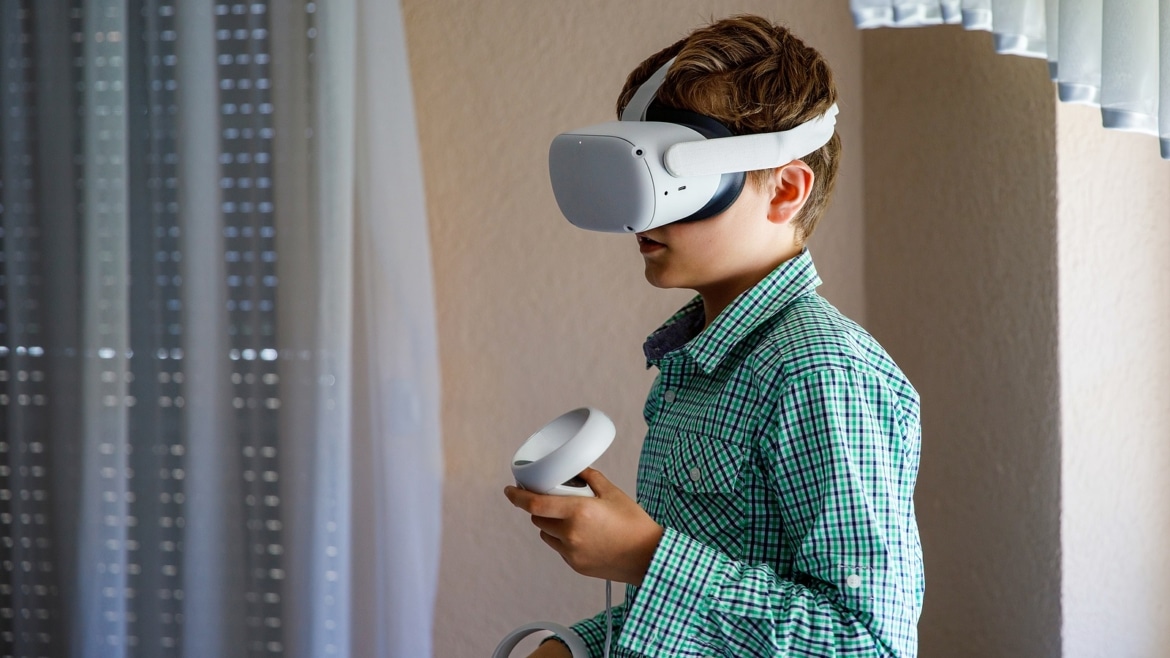While Scientists are trying to uncover the cause of Autism, they haven’t arrived at a perfect way to quantize it. This makes it hard to derive meaningful conclusions across all patients of Autism. Researchers say Autism is highly individualized, and as such, generalizing the findings is a challenge – even two Autistic siblings may not have identical symptoms.
However, researchers have recently taken a different pathway in studying the complexities of Autism – they have begun to employ groundbreaking virtual reality (VR) tools to analyze and understand interactions between neurons and molecules in the brain.
How it works
Professor TAKUMI at Kobe University notes that to effectively tackle the mysteries of ASD, mouse models are a valuable way to investigate molecular physiological mechanisms and potential therapeutic targets. For those unfamiliar with the Mouse Model, it is an approach mice are used to study the genetic or behavioral characteristics of a particular disorder to gain insight into a human disease. Sometimes, mice are genetically modified to exhibit the target behavior of research.
These modified mice offer avenues to study treatment potentials. It’s not just molecular and physiological pathways that are studied when exploring the complexity of Autism and other similar disorders. Rodents, in particular, demonstrate various social behaviors, and numerous behavioral paradigms just as humans do.
When focusing on the social behavior of mice 7 observing subcortical brain structures, The insular cortex (IC) becomes especially noteworthy for its specialized capabilities in integrating several senses simultaneously to decode active social interaction, and behavioral patterns. In other words, studying the IC may provide perspicuity into the complex interactions between social behavior and Autism.
Present findings
In the case of mice models with autism-like symptoms, research has shown that dysfunctions in mPFC-BLA circuitry and neuromodulation are often present. In other words, alterations in the brain’s communication pathways and the chemical environment may be contributing factors to Autism. Fortunately some medications have been found to potentially reduce some of these symptoms.
A common thread throughout many studies on Autism is how it impairs social interaction, a child’s academic progress, and many other difficulties, such as difficulty engaging in meaningful conversations or displaying traditional social cues.
Early Intervention
The key to addressing these complexities lies in early intervention. The best way to assist is through early intervention. By addressing behavior issues, such as aggression and nonverbal communication problems in the early years through special therapies like ABA, symptoms can be reduced remarkably. ABA is a behavior modification technique that focuses on reinforcing positive behaviors by rewarding desired responses. OT helps develop sensory motor skills and increase independence with daily activities, while SLT works to improve communication between children and their peers.
These therapy treatments have been proven to be effective when it comes to addressing the complexities of Autism. Look no further than Nevada Autism Center for ready access to these therapies. Our experts take a personalized approach to each child’s treatment.
You deserve the highest quality of care through evidence-based strategies tailored for your children so they can reach their highest potentials.




